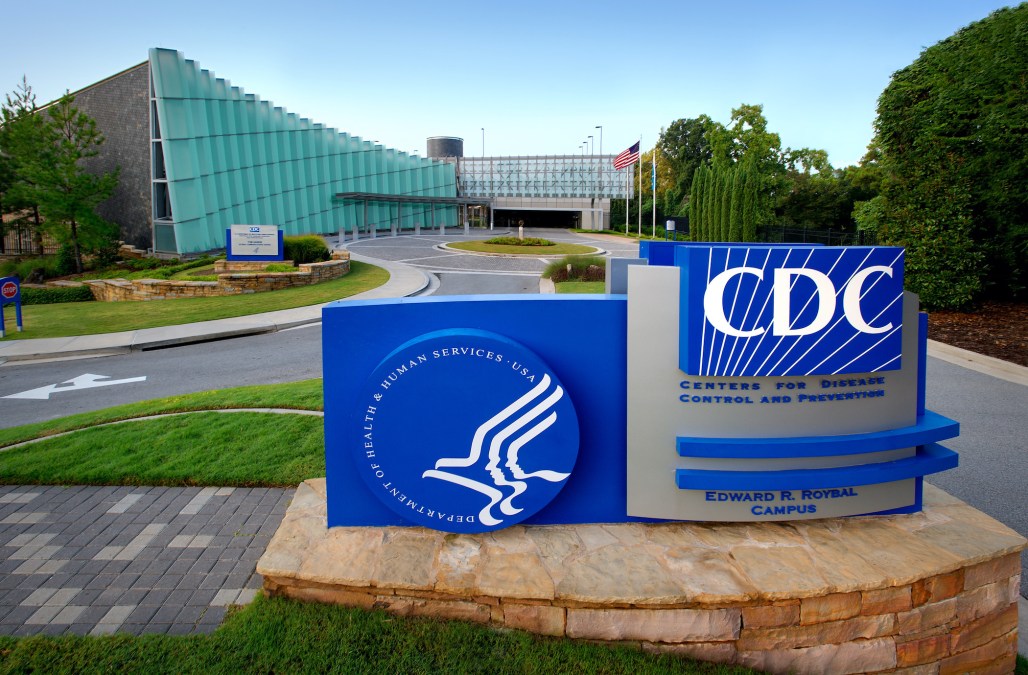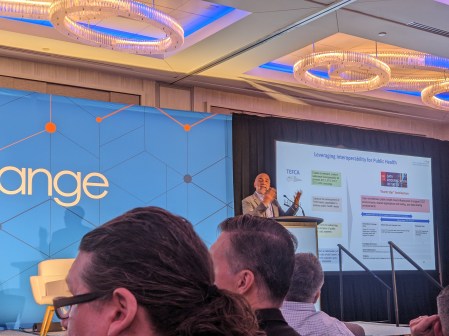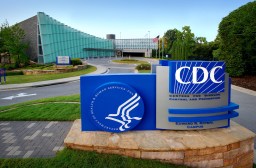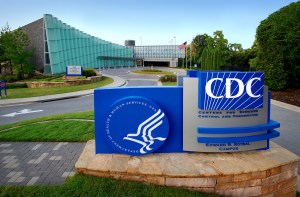CDC looks to improve internal data sharing with centralized, cloud-based ecosystem

The Centers for Disease Control and Prevention launched a centralized, cloud-based data ecosystem to streamline intra-agency information sharing, according to the deputy director for public health science and surveillance.
Speaking during the National Center for Health Statistics Board of Scientific Counselors meeting Thursday, Dan Jernigan said the Enterprise Data Analytics and Visualization (EDAV) platform lets CDC scientists catalog, analyze and publish findings faster.
The COVID-19 pandemic revealed the CDC has a data-sharing problem due to its many one-off, proprietary systems tracking individual diseases, but EDAV allows for reuse of forecasting solutions.
“This is an important way that we are trying to have systems that are not unique to the pathogen but are pathogen and program agnostic,” Jernigan said.
Next, the agency’s Data Modernization Initiative (DMI) will connect EDAV core services with its Microsoft Azure cloud environment to rearchitect siloed systems like ArboNET, used to share arbovirus case information.
While Azure is the primary EDAV environment, the CDC sees itself as a multi-cloud environment, and future building blocks and applications will be cloud agnostic “as much as possible,” Jernigan said. The agency brought in architects familiar with different environments and is working with other cloud providers to develop tools that work in multiple environments for the public health benefits.
Amazon Web Services is used for the National Syndromic Surveillance Program, and Amazon provides the platform for the CDC’s biggest data-sharing intermediary, the AIMS Platform used by the Association of Public Health Laboratories.
The DMI is also reimagining data flow into the CDC through a consortium, including the Office of the National Coordinator for Health Information (ONC), developing a North Star Architecture. The future-state public health ecosystem will ensure federal, state and local health department information systems are connected and interoperable.
ONC is developing new data standards, in accordance with 21st Century Cures Act requirements, that the North Star Architecture will use to decrease the reporting burden on health care providers and hospitals, eliminate the need for phone calls, and improve national disease forecasting and mitigations.
The CDC further established a Consortium for Data Modernization, with public health partners and industry associations, that meets biweekly to identify issues and decide who will address them. The agency will also reestablish the Data and Surveillance Workgroup under the Advisory Committee for the Director this summer.
Lastly, the CDC is holding listening sessions with potential private sector partners on the development of prototypes that will further the DMI.
“We don’t have all the funding that we need to do it,” Jernigan said. “But we are going to be targeting that funding to get critical efforts underway.”
The CDC is budgeting for the DMI based on five priorities: building the right foundation, accelerating data to action, workforce, partnerships, and change management.
Building the right foundation involves getting data from the appropriate sources. For instance, the National Center for Health Statistics (NCHS) is part of a $200 million grant that will fund states standardizing vital statistics, immunization, and laboratory case reporting data from electronic health records and other sources.
From there the CDC will ensure there’s a secure, accessible cloud environment for the data to land and that there are tools available to state and local health departments to analyze the information available.
“We want to be able to have rapid outbreak responses and develop common operating pictures,” Jernigan said.
The DMI is integrating data from nontraditional sources, and the CDC received $3 billion through the American Rescue Plan Act for a five-year program grant that will help hire data scientists and other personnel.
Each of the five DMI priorities has an implementation team associated with it that are standing up communities of practice for developing definitions, identifying barriers and risks, and setting objectives and desired results.
“Our ultimate goal is to move from siloed and brittle public health data systems to connected, resilient, adaptable and sustainable. And that sustainable piece is going to be important as we move forward, thinking about how we’re going to keep these efforts going — response-ready systems that can help us solve problems before they happen and reduce the harm caused by the problems that do happen,” Jernigan said. “So essentially better, faster, actionable intelligence for decision-making at all levels of public health.”





